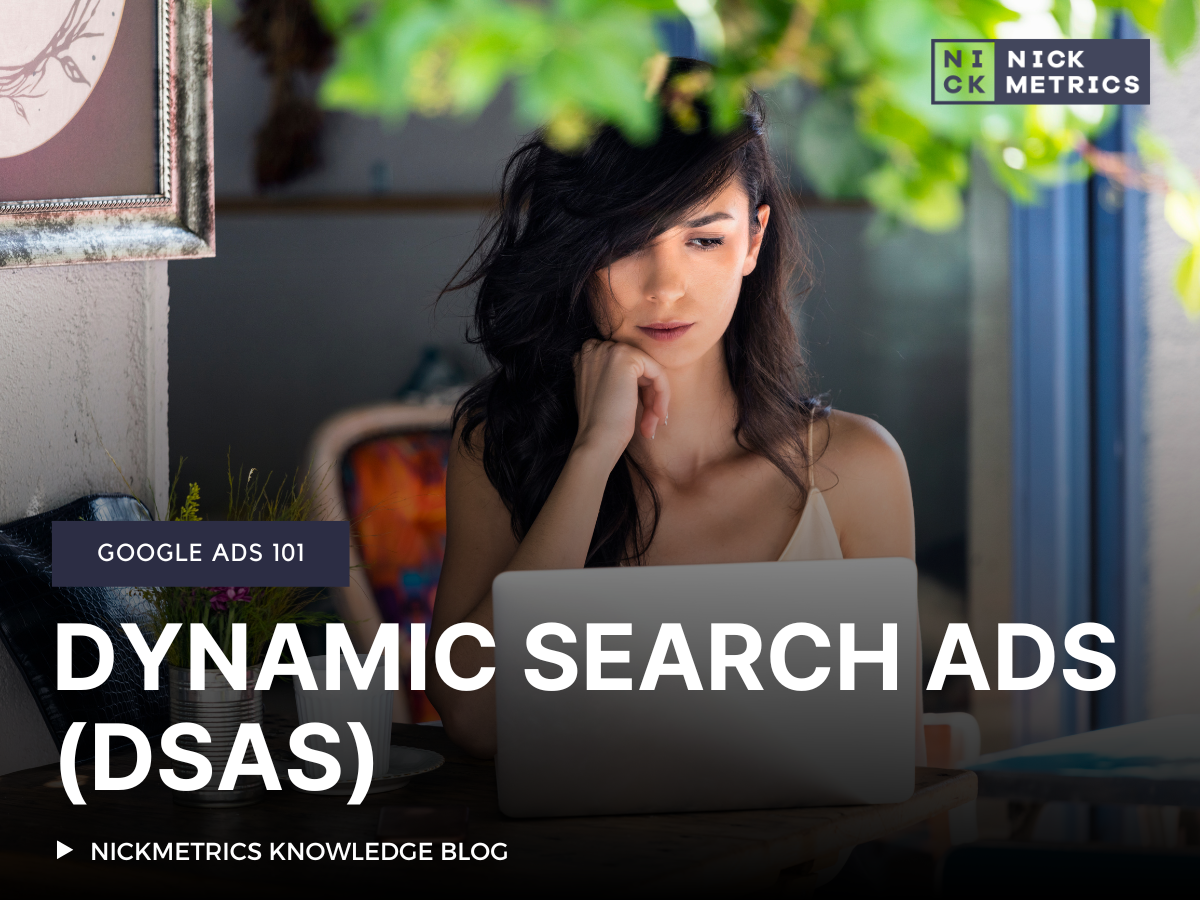
ENTER YOUR EMAIL ADDRESS
Follow Us

If you’re reading this, then we’re going to assume that you’ve already got an understanding of the basics of Google Ads. That’s good! This article is only for people already using Google Ads but wants to improve. For example, maybe your CTR isn’t fantastic, or you think better placements could be for your ads.
With that, let me introduce Dynamic Search Ads. These are technically a form of “remarketing,” which means they are targeted towards people who have visited specific pages on your site before by showing them ads when searching on Google or browsing other sites/apps. DSAs allow you to use outside of Adwords and even reach people on mobile or apps. Google states that “DSAs show ads based on the context of the page you’re looking at, so relevant ads reach your audience.” They also expand upon this by adding, “you get more control over how often and where certain ads appear,” which is true.
The first thing to note about DSAs is that they allow you to use information from third-party platforms (like, say, your website), which will give Google valuable data for building profiles on potential customers/users of your service/product. When they search Google or use another app, they might see something like marketing automation software when searching for marketing automation-related words in their vicinity. In terms of how DSA’s will show up for your business, you essentially have two options:
Unfortunately, there isn’t a way only to target one or the other, so it might be a bit of trial and error as to which platform works best for your particular needs. However, Google has stated they automatically remove impressions from the “Google Display Network” as people who are not targeted by these ads search through GDN websites. That is because this option can often end up serving your ads in places where they aren’t as relevant as the person viewing them is not looking for what you’re selling.
Remember that Google will not limit impressions for DSA campaigns, which means you might need to do some manual work to make sure they are showing up when people are looking for what you’re selling. They won’t automatically optimize your ads themselves or show them in relevant places because this isn’t always the case. For example, if your company primarily serves customers in San Francisco, but all of your traffic is coming from Sydney, it would be good to bid less for specific keywords relative to your competitors that serve both markets well. However, there are no other ways of doing that through ad groups, so keep an eye on your ads and keywords by manually checking them once every couple of days.
Dynamic Search Ads are another tool in your arsenal to attract the right people to your website/app/product. They’re not for everyone, but they can supplement your other online marketing efforts. Just remember that it’s crucial to keep an eye on where you’re traffic is coming from, how much it costs per click, and whether or not your campaign is making any money!
Tags: Dynamic Search Ads, Google Ads, Google Ads 101, Google Search, Pay Per Click, PPC